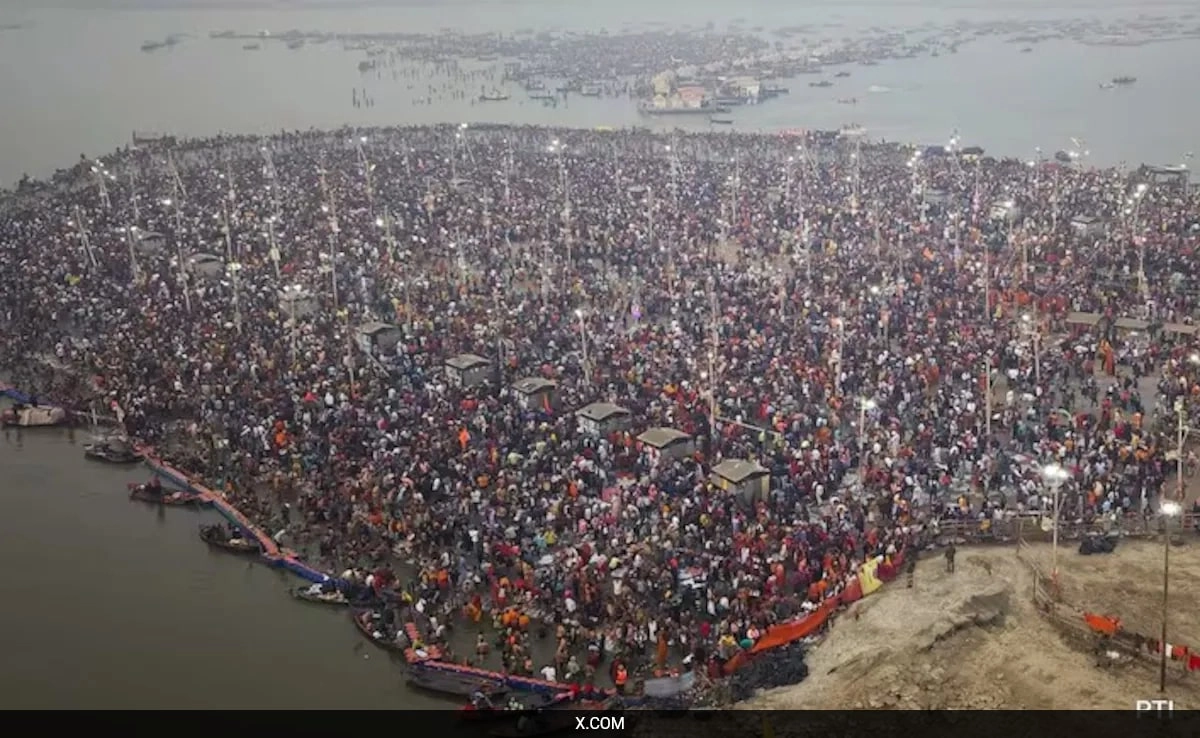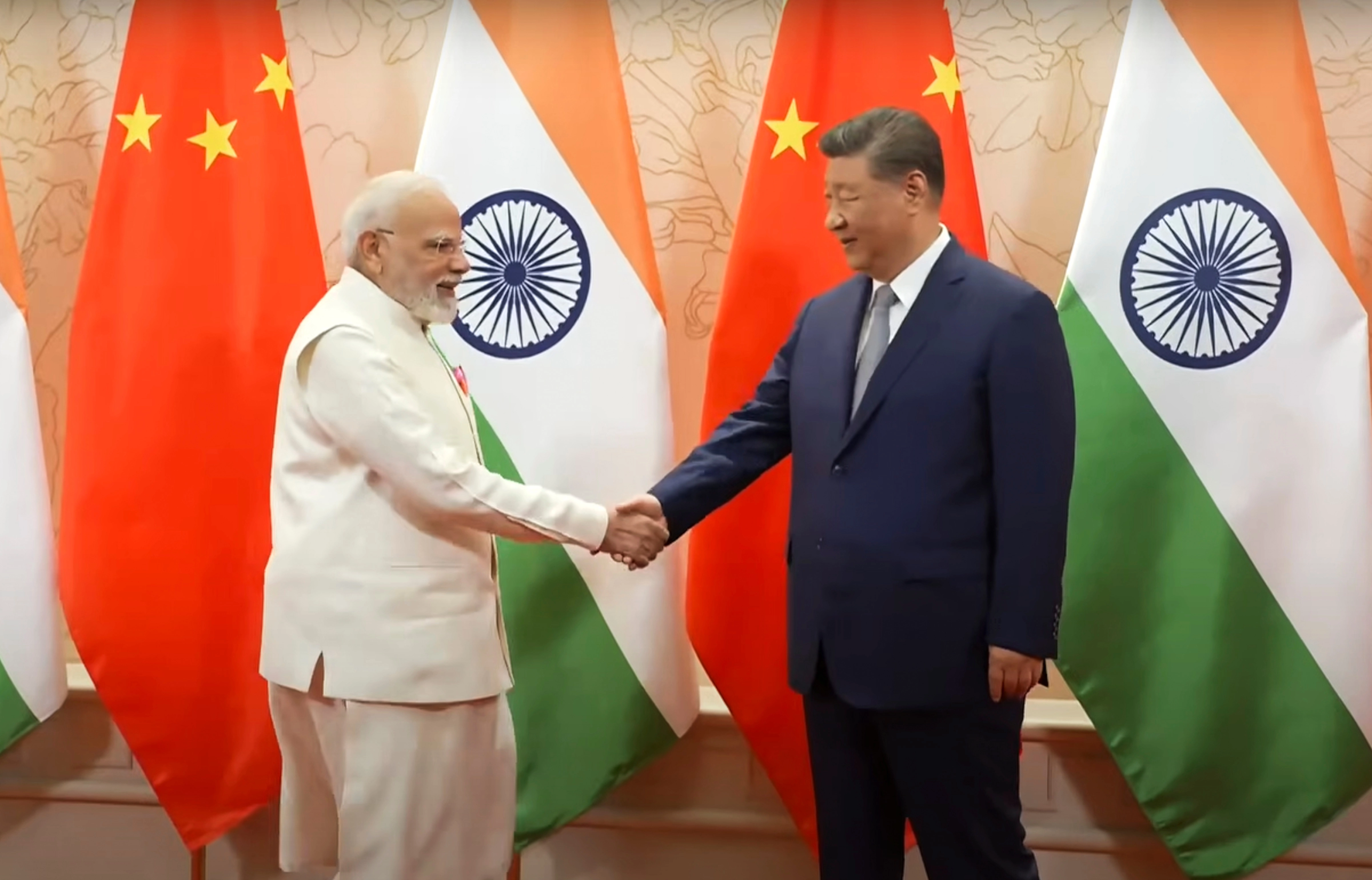The ongoing political rivalry between the Bharatiya Janata Party (BJP) and the Indian National Congress has intensified recently, particularly concerning the attendance at significant events such as the Kumbh Mela and the Ram Temple celebrations. Both parties are vying for public support in a landscape where religious gatherings hold substantial influence over voters. The BJP, known for its strong Hindutva agenda, has been leveraging these events to showcase its commitment to Hindu cultural values, attracting large crowds that symbolize its grassroots support. Conversely, the Congress party has been critical of the BJP’s approach, arguing that it politicizes religious events for electoral gain. This has led to a heated exchange between the two parties, with each accusing the other of attempting to manipulate public sentiment. The attendance figures at these events have become a point of contention, with both parties claiming higher participation to bolster their narratives. As the political landscape evolves, such events will likely continue to play a crucial role in shaping voter perceptions and influencing electoral outcomes.
The ongoing political rivalry between the Bharatiya Janata Party (BJP) and the Indian National Congress has intensified recently, particularly concerning the attendance at significant events such as the Kumbh Mela and the Ram Temple celebrations




